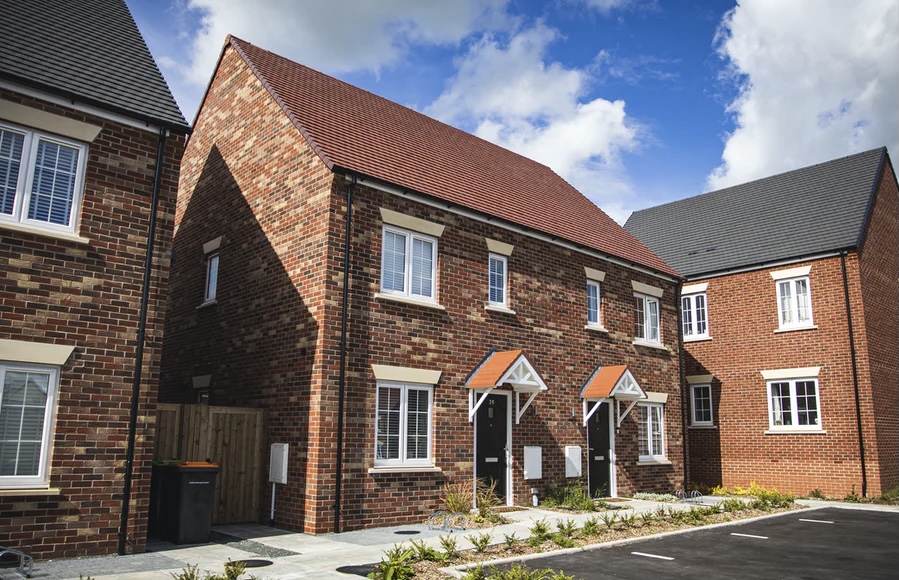The potential to develop affordable housing on council-owned land in Holme Lacy is to be fully explored, following a cabinet decision last week (Thursday 22 July 2021).
Addressing the shortage of affordable housing in the County is a key priority in the council’s County Plan, with the ambition to provide 1,000 affordable homes over the next four years. Herefordshire has relatively low availability of housing that is genuinely affordable to both rent and buy given local earnings.
By influencing the delivery of affordable housing the council can control what is ultimately built – the types of housing needed and developed using sustainable materials to address the council’s climate and ecological emergency target of net zero carbon by 2030.
The council-owned site situated within Holme Lacy, previously the village school, has been identified as having potential for housing development. A full site survey and outline designs will now be progressed to fully understand how many affordable homes could potentially be built within the site.
The Holme Lacy site, along with council-owned land next to Aylestone Hill School in Hereford, will also be assessed for the viability of sale on the open market, with the income used to cross-subsidise affordable housing developments in other areas of the county.
Councillor Ange Tyler, Cabinet Member housing, regulatory services, and community safety explains: “It is a key priority for this Cabinet to provide genuinely affordable homes for local people to stay connected with families and to remain in Herefordshire. We are exploring the possibility of using council-owned land across the county to achieve this.
“We have now identified two sites for possible development, one with potential for affordable housing and the option of offering the other, or both, for sale on the open market with the proceeds used to fund affordable housing elsewhere. We still have some way to go before making the final decision on plans for these sites because we will be working with the local communities in those areas to understand any concerns before any development proposals.”




